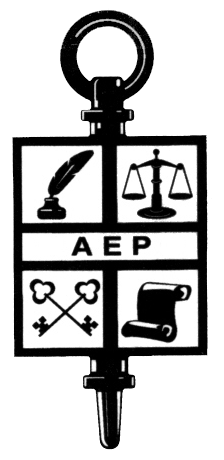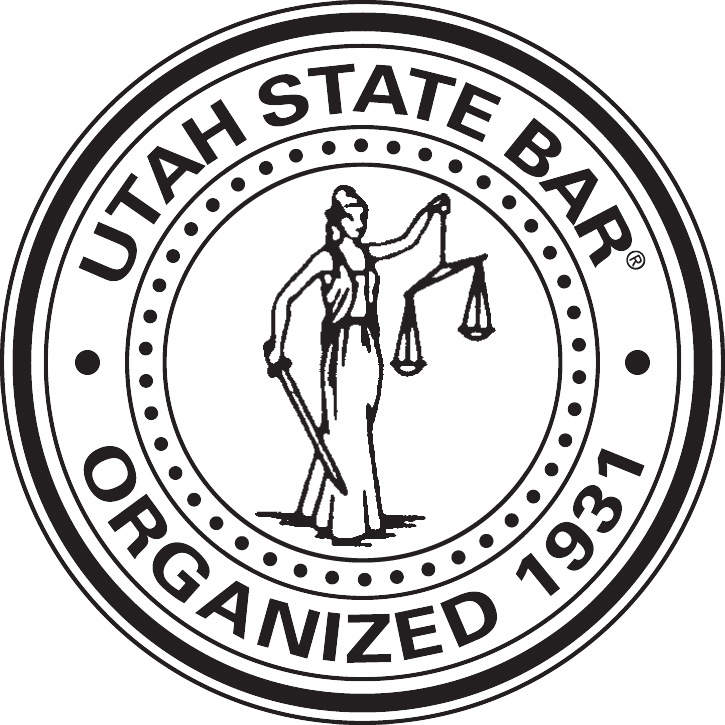Integrating Asset Protection Trusts into Estate Plans
Protecting assets against loss to creditors and predators or in divorce or bankruptcy has become a common goal of estate planning. With estate planning you can easily integrate asset protection trusts into your plans so that your hard-earned money is preserved.
Third Party Asset Protection Trusts Provide Inheritance Protection
Leaving an inheritance outright to a child or grandchild without any strings attached is risky in this day and age of high divorce rates, lawsuits, and bankruptcies. Aside from this, an outright inheritance may be frittered away or end up in the hands of a child’s spouse instead of in the hands of the child or grandchildren. Finally, a beneficiary may be born with a disability or develop one later in life that may rapidly deplete their inheritance by disqualifying them from receiving government assistance.
There are a number of different types of third party asset protection trusts that clients can integrate into their estate plans to insure their hard earned money stays in the family:
- Trusts for minor beneficiaries – Minor beneficiaries cannot legally accept an inheritance and a trust ensures that the minor’s inheritance is prudently invested and used only for the minor’s benefit.
- Trusts for adult beneficiaries – Adult beneficiaries who are not good with managing money, are in a lawsuit-prone profession, have an overreaching spouse, might get divorced, or have an addiction problem will benefit from a lifetime discretionary trust.
- Trusts for surviving spouses – Clients who are worried that their spouse will not be able to manage their inheritance, will remarry, or will need nursing home care can create a lifetime discretionary trust for their spouse.
- Trusts for disabled beneficiaries – Disabled beneficiaries who receive an inheritance typically lose their government benefits and have to spend the inheritance before requalifying. On the other hand, an inheritance left to a special needs trust may be used to supplement, not replace, government assistance and will not cause disqualification.
Self-Settled Asset Protection Trusts Are the New Frontier
Prior to the late 1990s self-settled asset protection trusts were not recognized in the U.S. and were required to be established in an exotic foreign location such as the Cook Islands or the Cayman Islands. In 1997 Alaska became the first state to recognize self-settled asset protection trusts. In addition to Alaska, to date the following states have enacted self-settled asset protection legislation: Delaware, Hawaii, Mississippi, Missouri, Nevada, New Hampshire, Ohio, Oklahoma, Rhode Island, South Dakota, Tennessee, Utah, Virginia, and Wyoming.
In general a properly formed and operated self-settled domestic asset protection trust permits a client to transfer their own assets into the trust and retain a beneficial interest in the assets while denying their creditors access to the trust assets. While the laws governing self-settled asset protection trusts vary widely in the states that recognize them, in general these laws require the following:
- The trust must be irrevocable.
- At least one trustee must be a state resident or a corporation authorized to do business in the state.
- Some trust assets must be located in the state.
In addition to these requirements, U.S. self-settled asset protection trust laws differ on “exception creditors






